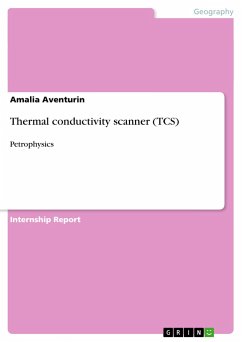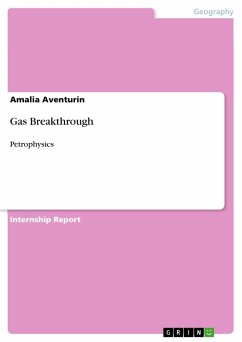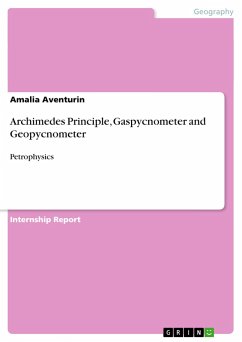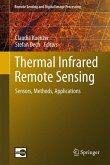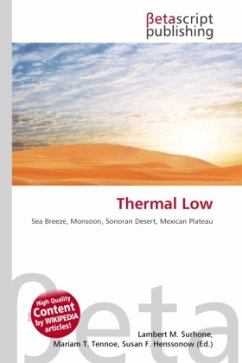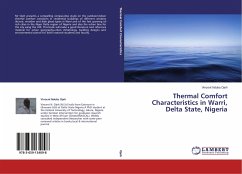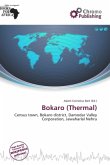Internship Report from the year 2013 in the subject Geography / Earth Science - Miscellaneous, grade: 2,0, RWTH Aachen University (Lehrstuhl für Geologie, Geochemie und Lagerstätten des Erdöls und der Kohle), course: Petrophysics Practical Course, language: English, abstract: The thermal conductivity scanner (or TCS) measures the thermal conductivity (W/m K) via optical scanning method. In Figure 1 is a picture of the measurement shown. The thermal conductivity is a material property. High values are used for cooling systems to transport heat away from the material in a short time (e.g. fringes); low values are used as insulators, e.g. thermos flasks. With this method the heater and the detectors where moved along the sample from the right to the left. A sensor measures within the moving first the "cold" conductivity of the sample. Than the heater follows and a last sensor measures after the heating of 25°C the conductivity of the sample again. Before and after the sample are tworeference sources laid with a defined thermal conductivity. These reference sources are need for the sensor calibration, too. To avoid errors there has always to be a gap of a few centimeters between the reference blocks and the measured sample. For the measuring the samples and the reference sources have to be colored with a thick black line to avoid overheating and reflection by lighter samples. The opening has to be covered completely by the painted part of the sample. To control this was a mirror underneath the apparatus. [...]
Hinweis: Dieser Artikel kann nur an eine deutsche Lieferadresse ausgeliefert werden.
Hinweis: Dieser Artikel kann nur an eine deutsche Lieferadresse ausgeliefert werden.

